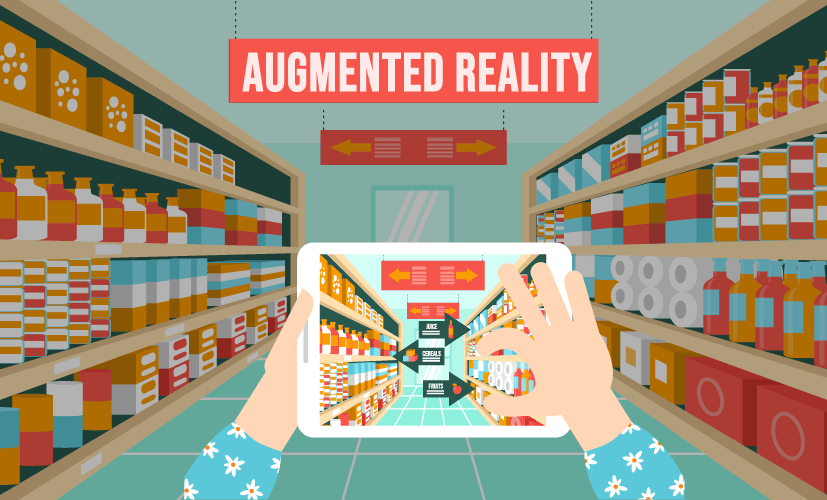This new year will bloom the food technology sector, with new trends of technology, innovations, and alternatives. 2021 will be the year of plant-based food sustainability and new technologies.
Last year significantly impacted the living and eating habits of people. The same will also be observed in the upcoming year, let’s look at our list of Food technology trends in 2021.
#1-Plant-based food will boost food technology innovation
The pandemic of Covid-19 has raised awareness of the connection between food, health, food security, and sustainability, leading to an increase in demand for products based on plants. We’re also seeing a revolution in plant-based foods today. The plant-based food and beverage market will continue to expand over this year, led by consumer and investor pressure, driven by growing concerns about the effect of our food choices on our health, sustainability, and animal welfare.
For ethical, nutritional, and ecological reasons, people are gradually shifting to plant-based diets. This trend is expected to rise high, as alongside dairy alternatives such as almond, oat, and soy milk, the rise of meat substitutes such as Impossible and Beyond Meat would make a splash on the market.
#2-Blockchain technology and food

By monitoring and recording transactions to ensure the safety and quality of the food industry, the blockchain-based mobile application will improve food management. Blockchain technology also aims to provide transparency in the brand and to handle big data.
Blockchain technology is most simply defined as a decentralized, distributed ledger that records the provenance of digital assets.
Let’s explore a few examples.
- IBM Trust: Sustainable food system– They are working towards the goal of providing food monitoring opportunities from farms to stores. Not only has it stopped food-related fraud, but it also ensures greater protection in the F&B domain.
- A startup based in China is working on the growth of its anti-counterfeit label based on radio-frequency identification (RFID). Driven by blockchain, the mark will ensure that consumers have all the details required to know the authenticity and trustworthiness of the product.
#3-AR and VR in Food Technology

Creative food imagery has become less relevant with the advent of AR and VR in the food industry. Food transparency is now the most significant thing there is. With the aid of AR and VR, a consumer’s calorie consumption is now correlated with what cuisine they are ordering. By filling the gap between various cultures, technology also helps customers.
For Example: AR and VR will help smooth the process if you want to try different cuisines and make you understand how to accept new dishes.
#4-Functional foods: Food as Medicine
The purchase of foods for particular health benefits would continue to outperform the selection of foods with more passive health roles, such as organic, safe, local, etc. COVID-19 was a unique catalyst, guiding the mainstream global “food as medicine” trend. Also, Watch for increased labeling of intrinsic ingredients that support natural health. New and special health-promoting ingredients and superfoods would be a big attraction for customers as younger consumers adopt functional foods.
#5-Sustainability practices: Carbon labeling

Food practices will become increasingly relevant this year with respect to sustainability and climate change. Based on sustainable practices, the public is fast becoming cautious about which businesses they want to buy from. In the food industry, with regard to being carbon neutral, several businesses have started to add vocabulary to their products. It would be a smart idea for food organizations hoping to preserve and maintain their customers’ confidence to incorporate carbon-neutral language into their labeling schemes.
#6-Virtual Kitchens
During the COVID-19 pandemic, many restaurants started operating out of virtual kitchens-also called ghost kitchens, dark kitchens, etc. Due to lower capital expenditure. And while the pandemic has certainly accelerated the ghost kitchen phenomenon (the United States is now home to around 1,500 ghost kitchens), the trend was well underway before the pandemic. Consumers demand convenience and ordering food online for delivery or pick up at a satellite location fulfills that desire.
In short, This is our list of upcoming trends in food technology to look at in the year 2021. Tell us what will be the trend in 2021 according to you in the food technology sector.
Comment below!



